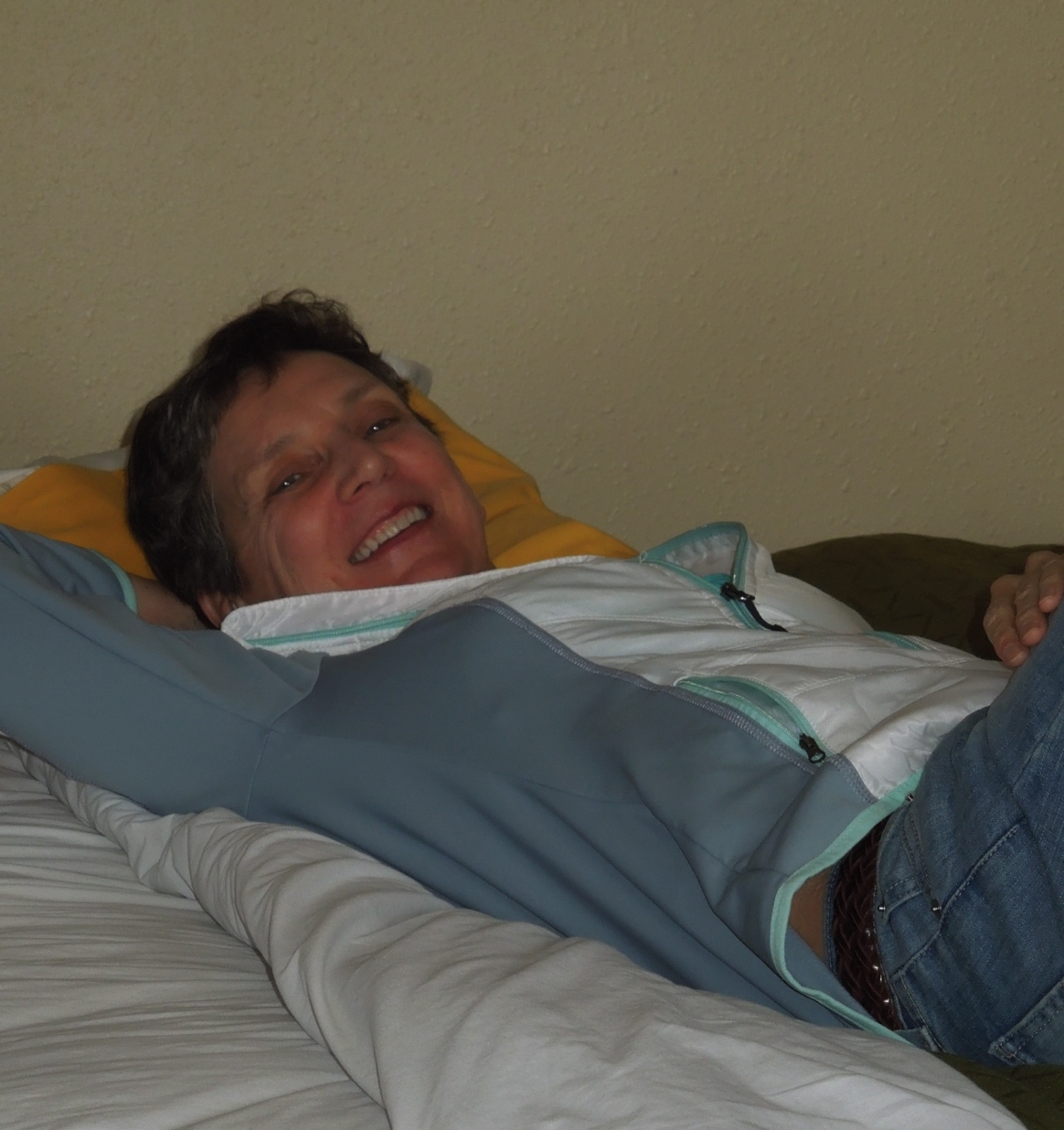 Propensity for organization is an inherited gene, which I lack. Tidying up will never come naturally, but I thought reading Marie Kondo’s “The Life-Changing Magic of Tidying Up: The Japanese Art of Decluttering and Organizing would spur me into action.
Propensity for organization is an inherited gene, which I lack. Tidying up will never come naturally, but I thought reading Marie Kondo’s “The Life-Changing Magic of Tidying Up: The Japanese Art of Decluttering and Organizing would spur me into action.
That clever little Japanese lady created a brand name consultancy agency and reality TV show based on her KonMari Method to eliminate clutter. Combining philosophical wisdom, Japanese cultural traditions, and practical advice, she makes staying organized sound easy.
“The act of tidying is a series of simple actions in which objects are moved from one place to another that involves putting things away where they belong.”
Therein lies my problem. I truly believe books belong under my bed, words belong on paper everywhere and clothes belong on chairs (to eliminate folding.)
Ah, clothes tossing, a big no, no. Marie elevated folding clothes to an art form claiming, “Every piece of clothes has its own sweet spot.”
“By folding clothes,” she explained, “we transmit energy to the fabric and show appreciation for the way clothes support our lifestyle.”
Sun set on yet another day before I finished blessing all my favorite basketball T-shirts.
It took an additional week to “energize” my closets by hanging items from heavy to light.
Following her crucial adage “sort by category not location” can be exceptionally challenging in compact Swiss homes where little rooms are stacked atop one another like Jenga blocks.
As a writer, you never know when the muse will strike, so we have a desk in our bedroom, the guestroom, the loft and the living area. Pencils, pens and papers litter every room except the bathroom. Little notebooks fill every coat pocket and drawer.
Worse yet, bookshelves abound in every available space including hallways. When Marie Kendo insisted books should be sorted by dumping them out on the floor, I wanted to cry. Laid out, my book collection could loop around the block twice. How can I limit my love of literature to a mere dozen Hall of Fame books?
To further add my dismay, she insisted that you keep your papers in one spot.
“Put your house in order and your life will change dramatically,” Marie Kondo claimed. “Effective tidying requires only 2 parts – discarding and deciding where to store things. Visualize your destination.”
I breathed deeply and meditated as instructed. But when I opened my eyes, I was still surrounded by the same damn mess.
I wanted to give up. Then a miracle occurred. After searching on 2 continents to no avail, I was convinced my prize boots had been confiscated by border control during one of those random luggage searches on a trans-Atlantic flight.
“No one would steal a pair of boots!” my husband exclaimed.
 “It wasn’t any old footwear,” I whined. “They were new Vasque ultra dry, winter- proof boots guaranteed to keep toes warm up to 40° below and I only wore them twice!”
“It wasn’t any old footwear,” I whined. “They were new Vasque ultra dry, winter- proof boots guaranteed to keep toes warm up to 40° below and I only wore them twice!”
Miraculously, during my Japanese inspired cleaning frenzy, I found my “stolen boots” sitting on a shoe rack in our entryway where they had been hiding in plain sight for 2 years.
Bless you Mari Kondo.
Still I wonder if putting things where they belong only befuddles more so my chaotic brain.
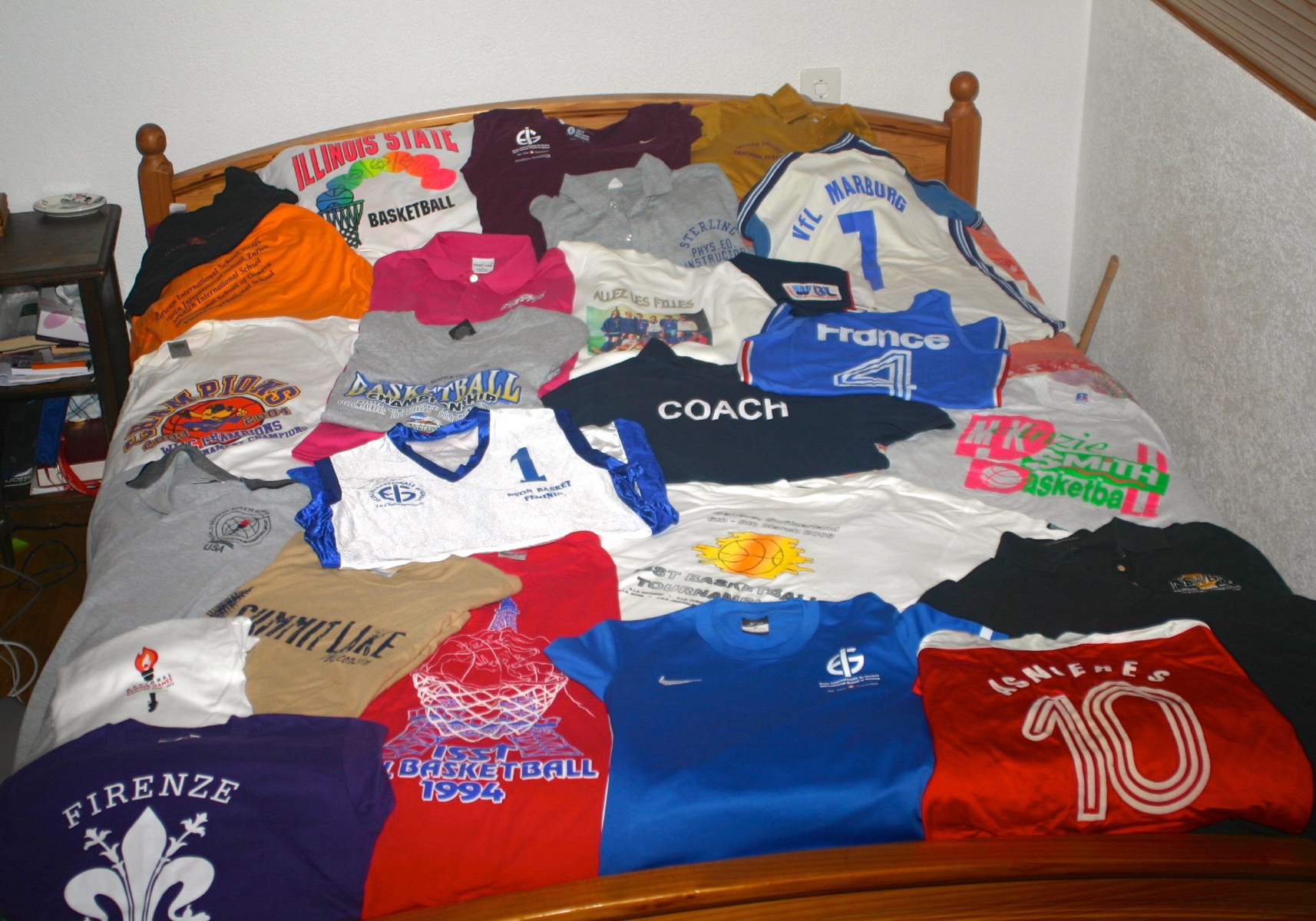
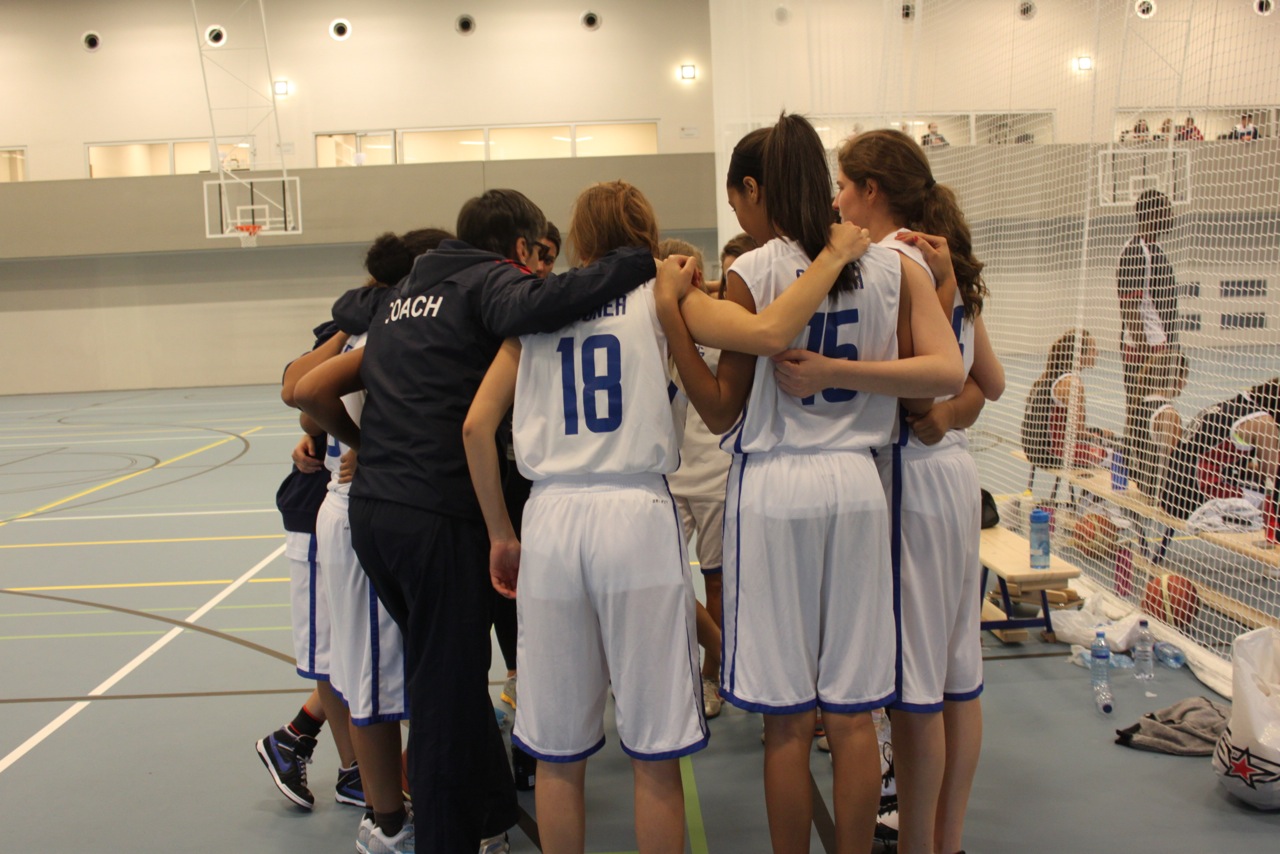
 Basketball symbolizes Illinois as much as sweet corn, the red bird and Abe Lincoln.
Basketball symbolizes Illinois as much as sweet corn, the red bird and Abe Lincoln.
 cage title (1976-77) hosted by Illinois State.
cage title (1976-77) hosted by Illinois State.
 en including Hutchison advocated for women even before the
en including Hutchison advocated for women even before the 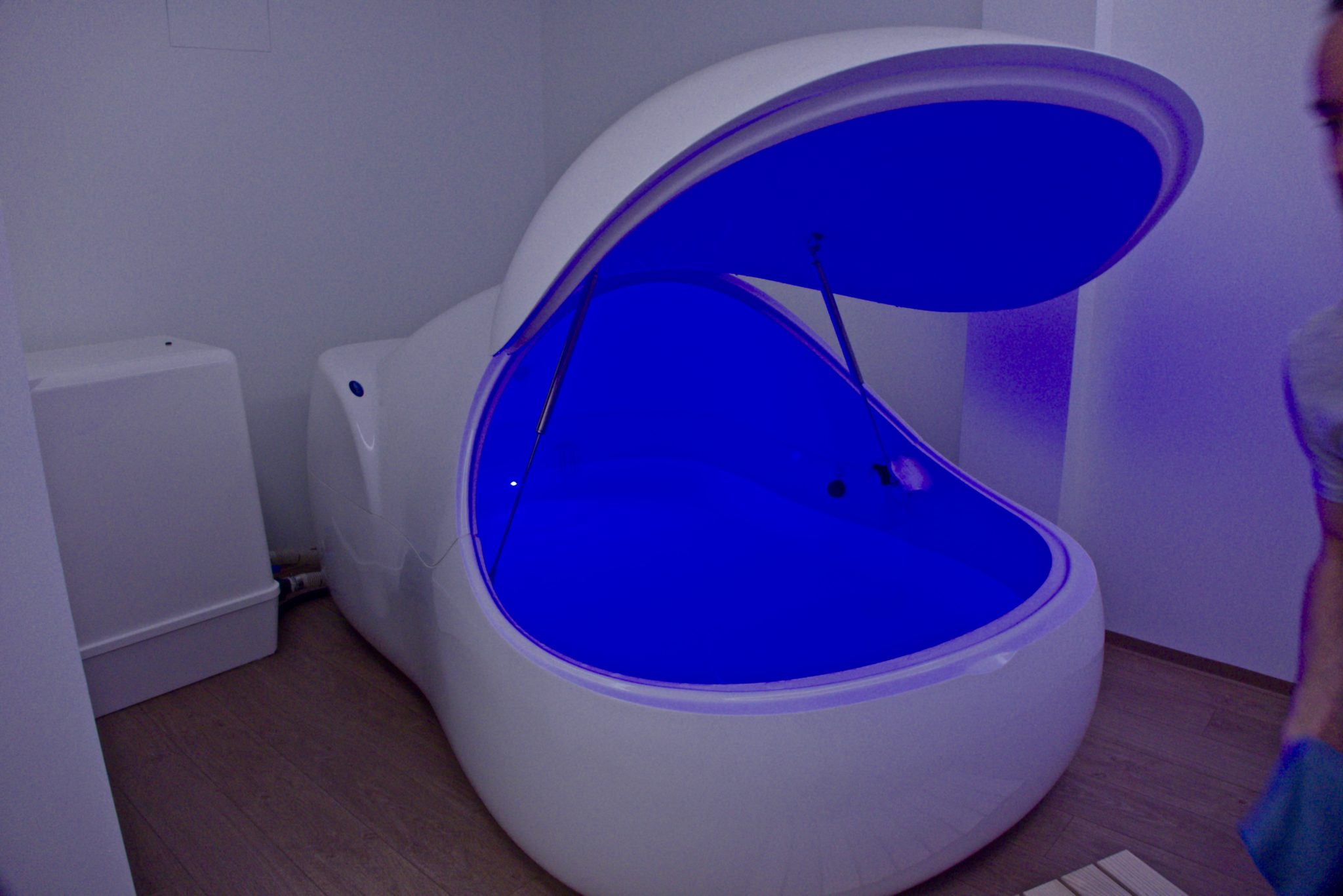
 New experiences slow aging, so for my birthday I tried to float my way to nirvana. As a gift, my Frenchman offered me a Flotation Therapy session. I left my comfort zone, overcame claustrophobia and closed myself in a flotation tank for a total mind and body experience.
New experiences slow aging, so for my birthday I tried to float my way to nirvana. As a gift, my Frenchman offered me a Flotation Therapy session. I left my comfort zone, overcame claustrophobia and closed myself in a flotation tank for a total mind and body experience.

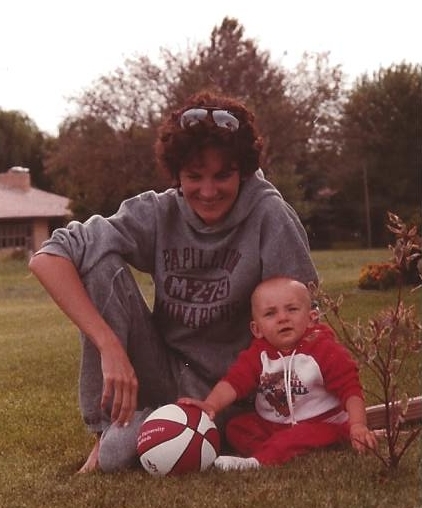
 Call me crazy, but I have always acted outside the box beginning in early childhood, when no one was going to tell me that I couldn’t throw a football, shoot a basket or run a mile. I was born with a feisty, can-do attitude that served me well in the face of naysayers.
Call me crazy, but I have always acted outside the box beginning in early childhood, when no one was going to tell me that I couldn’t throw a football, shoot a basket or run a mile. I was born with a feisty, can-do attitude that served me well in the face of naysayers. empty arenas.
empty arenas. Over the years, I witnessed their opportunities grow greater. I delighted in seeing my daughter and nieces play basketball, soccer, rugby, and run marathons. I took pride in watching my former athletes pursue careers as doctors, lawyers, counselors, and teachers.
Over the years, I witnessed their opportunities grow greater. I delighted in seeing my daughter and nieces play basketball, soccer, rugby, and run marathons. I took pride in watching my former athletes pursue careers as doctors, lawyers, counselors, and teachers. Williams. I was just a small town girl filled with my own brand of insanity.
Williams. I was just a small town girl filled with my own brand of insanity.



